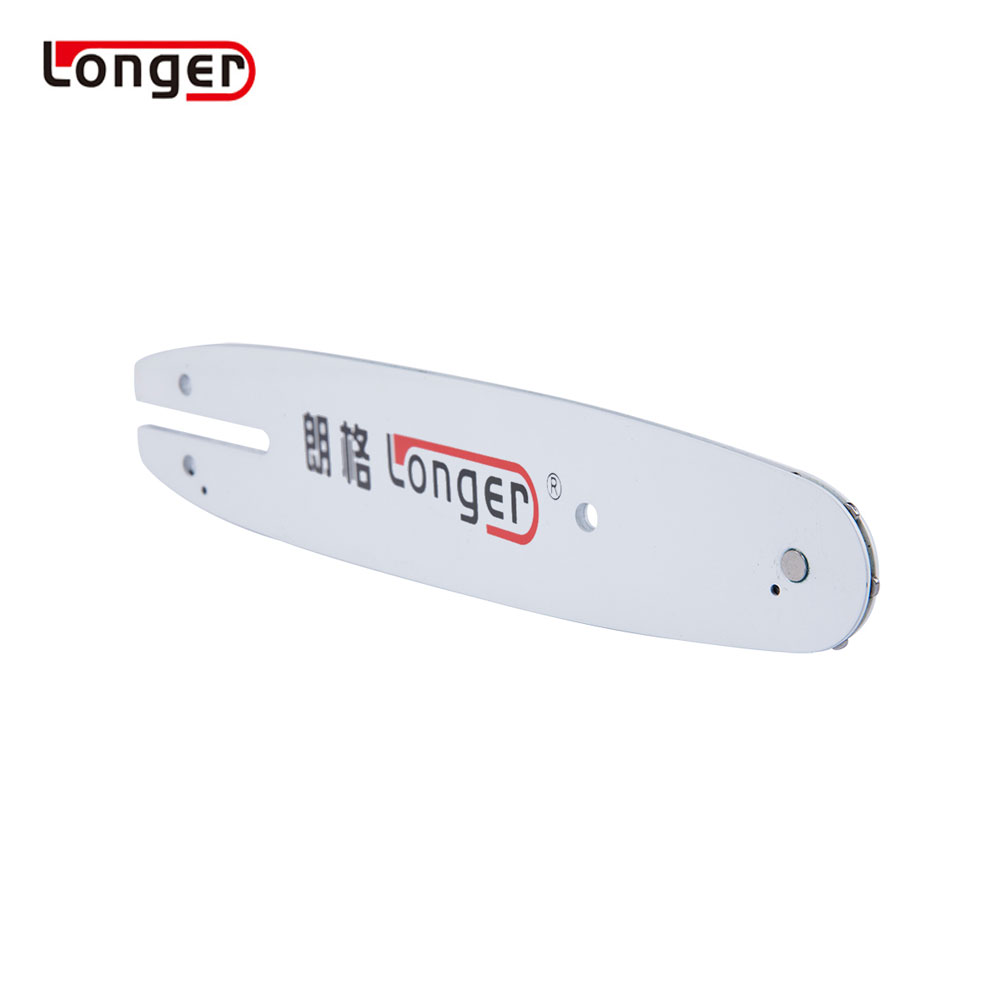The industry could reduce GHG emissions by fostering a circular value chain in which batteries are reused, repaired, or recycled. However, this requires a massive cross-industry effort and coordination.
Economic barriers
Historic price peaks and volatility, national regulations, and construction material shortages can dramatically delay factory builds.
Harmonized manufacturing standards and a strong emphasis on local employment and inclusive dialogues can mitigate some of these barriers. Legislation and supply-chain traceability initiatives can also help improve sourcing practices.
Materials
The materials used in battery production can be critical. The most prominent example is lithium, which accounts for two thirds of the cost of an electric car.
Other raw material concerns include natural graphite, nickel, and phosphorus. While mining infrastructure is generally well established for these metals, new deposits are not being discovered quickly enough to offset aging mines. As a result, some raw material shortages are expected over the coming years.
Another potential concern is that operations may have unfavorable impacts on local communities through human rights violations, including child and forced labor. Cobalt, for example, is on the Department of Labor’s list of commodities produced by child and/or forced labor.
The best way to address these risks is through strategic planning and supply-chain diversification. McKinsey believes a resilient global battery value chain can be built around regional hubs that cover more than 90 percent of local cell and 80 percent of local active material demand.
Cell Design
Various cell design choices impact battery reliability, safety and performance. The case or pouch, internal insulators, headers, vent ports, and electrode materials all have significant impacts. There is no such thing as a standard lithium-ion cell, with cells that nominally appear the same exhibiting vastly different behavior and performance.
The electrolyte salt used in lithium-ion batteries (LiPF6) decomposes to form toxic hydrofluoric acid (HF) if mixed with water or exposed to moisture during production and assembly. Cells are manufactured and assembled in "dry rooms" to prevent HF formation.
As the global demand for Li-ion batteries scales up, supply-chain resilience becomes increasingly important. This can be achieved through vertical integration, localized upstream supply chain management, strategic partnerships and stringent planning of manufacturing ramp-ups. Companies can also help establish a sustainable and inclusive social impact by supporting health, safety, fair-trade standards, and environmental and community development initiatives. This includes creating a circular value chain in which used batteries can be repaired, reused or recycled.
Connecting Cells
Most of the Li-Battery Chain modules in a vehicle are built with parallel connections of multiple cells. This increases the reliability of the system by adding redundant energy paths. However, it creates a current imbalance between parallel branches and increases the degradation of the cells due to unequal heat generation and cell-to-cell resistance variation.
This leads to an ageing gradient between the individual parallel branches which reduces battery capacity and poses a safety risk if the highest branch current exceeds the maximum rated charge/discharge current of the cell (see figure 1c). This can cause the cell to be overheated before the rest of the safety devices activate.
To overcome this, the design of the module needs to allow for a safe separation of the welded cells without compromising the welding process or performance. This can be done by designing the cells to have two separate joining areas which are cut after the welding process. The resulting individual cells can then be used in new battery products.
Packaging
As with most dangerous goods, lithium batteries and battery-powered equipment require specific packaging to ensure their safety during transport. These specifics can vary depending on the mode of transportation.
For example, shipping via train requires meeting a different set of specific guidelines for the transportation of dangerous goods. These regulations are detailed in the Carriage of Dangerous Goods by Rail (RID) guidelines, which, when combined with the ADR guidelines used for road transportation, effectively require similar packaging, processes and protections.
This type of packaging protects against short circuits by utilizing non-conductive inner packagings that completely enclose cells and batteries and are securely placed in strong outer packagings. These packages also include internal partitions to prevent movement that may loosen terminal caps, and they are taped or secured to prevent the battery from shifting during transit. These protective measures help to comply with UN3480 and other hazmat guidelines.







.jpg)


